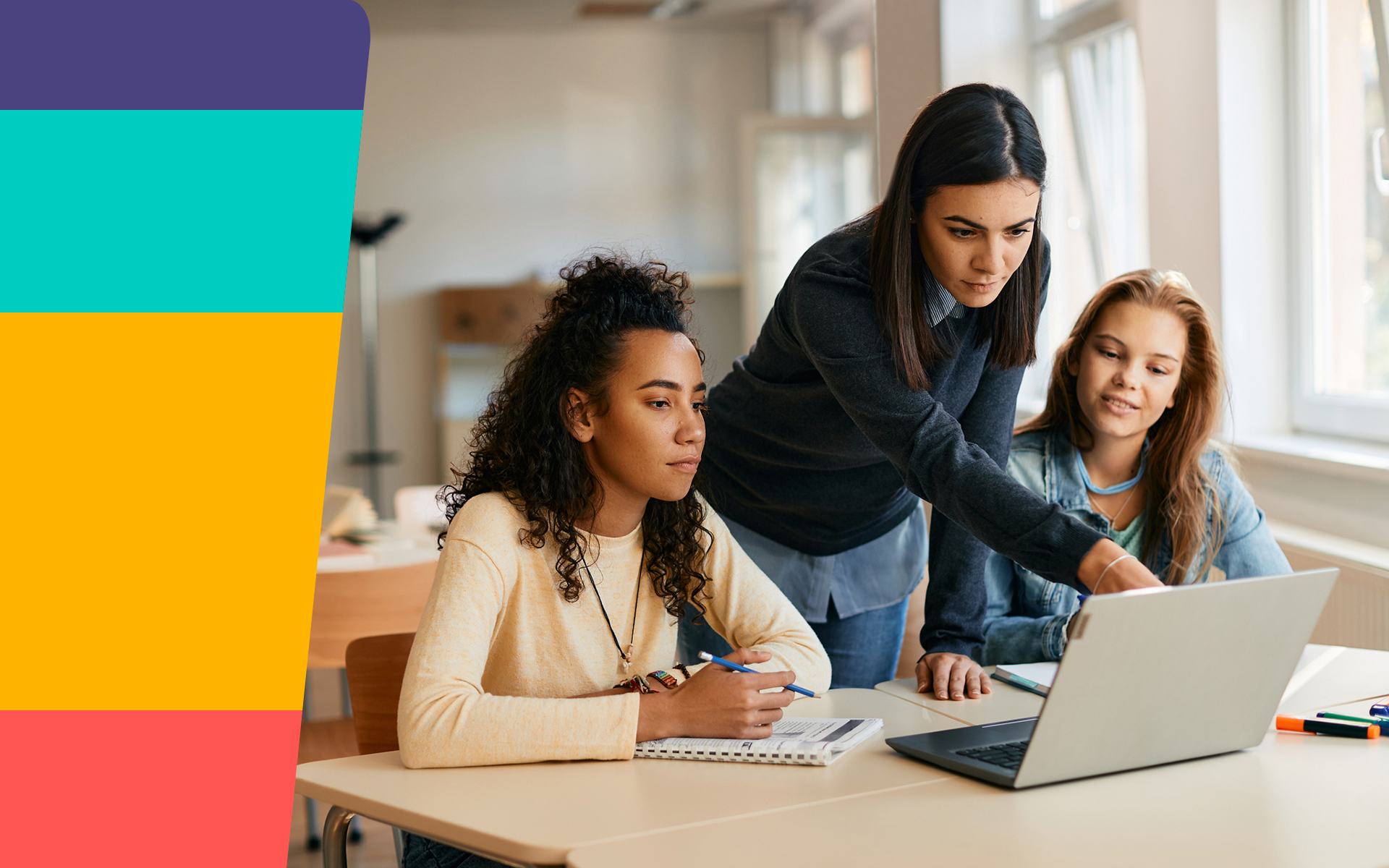
We are a reader-supported education publication. When you buy through links on our site, we may earn an affiliate commission to help us keep providing content.
As a teacher, you’ve likely noticed that each student learns differently. Some prefer to watch videos, others like to read, and a few would rather chat with their friends about the lesson. Regardless of how they learn, you still have to teach everyone the same information, which is why delivery matters.
How you present new information will play a major role in how well your pupils process and retain it. Understanding the eight different types of learning styles can help you discover which teaching methods are most effective so you can help your students grow.
1. Spatial
Spatial learners prefer that teachers visually present information. Instead of listening to or reading detailed instructions, they would rather read a diagram or short list of steps. Visual learners respond well to charts, graphs and tables and often favor pictures and diagrams over lengthy blocks of text.
Use projectors, metaphors, and the occasional video to share important information. You might even have them make a few diagrams or advise them to color-code their notes so they can study more effectively and retain more information.
2. Auditory
Aural or auditory learners learn best by hearing words and sounds. You might find them listening to an audiobook, nodding along to their favorite tunes or muttering to themselves when trying to study. They often respond well to oral presentations and class discussions. Some even prefer to sit in the front row so they can hear your lectures better.
These learners need to listen, speak and interact in order to process and fully understand things. Give your social butterflies a voice by calling on them to verbally answer questions, letting them lead class discussions and include group projects in your lesson plans.

3. Tactile
Tactile or kinesthetic learners thrive in hands-on learning environments and benefit from tangibility. They prefer touching and feeling different materials and associate their actions with new information. You may notice them tapping their hands or feet to memorize the material or fidgeting in their seats during longer lectures.
Help these students learn by encouraging movement in the classroom. Use exercises to get pupils out of their seats. Make up hand gestures to memorize texts, incorporate dancing, clapping and drawing, and use puzzles, blocks and other physical objects students can handle.
4. Verbal
Here, you don’t have to worry so much about whether you speak or write information. Verbal learners enjoy both! Their love for language itself means they learn best when writing, listening, reading and speaking. Sometimes, they may rely on multiple methods simultaneously.
Encourage verbal learning by incorporating group discussions into your daily lesson plans. Assign topics for class presentations and allow them to act out different scenarios so they might retain more information. Use a variety of methods to present the same information to help students concretize new material.
5. Analytical
Some teachers call analytical learners logical or mathematical learners — and for good reason. These students like hard and fast rules like math equations and reach conclusions based on facts and reasoning. They often look for patterns and trends to connect the dots as they receive new information.
Teachers can encourage analytical thinking by asking questions that demand interpretation and problem-solving. Use numbers and equations to explain a variety of topics. During their younger years, provide students with step-by-step instructions. Then, as they grow more independent, encourage them to create their own outlines for completing assignments.
6. Social
Those talkative friends that you always have to separate are most likely social learners. These types of students learn best in group settings and enjoy sharing stories to make the material more relatable and digestible.
While social learners can benefit from other teaching methods, it’s wise to integrate social interaction into your lesson plans to help them learn. Use group activities, role-playing and story-telling to relay important information and host question and answer sessions to fill in the gaps.
7. Solo
Solo or intrapersonal learners are the exact opposite of social learners. These students learn best when they’re alone or working on a project or assignment by themselves. Solo learners are great self-motivators and often set their own challenging goals to help themselves grow.
To assist this type of learner, you might ask students to keep personal journals or use other exercises that require individual problem-solving. Define good performance, acknowledge individual accomplishments and encourage students to assess their own work.

8. Natural
In many ways, natural learners are similar to tactile learners who prefer hands-on experiences. However, natural learners seem to do best when interacting with the natural world. They love being outside and respond well to peaceful environments.
Help nature-loving learners succeed by conducting a few classes outdoors. Bring Mother Nature indoors with a small herb garden, butterfly farm or leaf collections in the fall. Give assignments that require students to explore the outdoors. Ultimately, all of your students will benefit from outdoor and play-based learning.
Don’t Put Students In a Box
While it can be beneficial to understand each pupil’s learning style, it’s important to remember that no two students are alike. Even those that share the same style may require different teaching methods to understand information. Avoid putting students in a box and remind yourself that each child is multi-dimensional. Their personalities, upbringing and environment all play a role in how they learn, regardless of what you think their particular style is.








